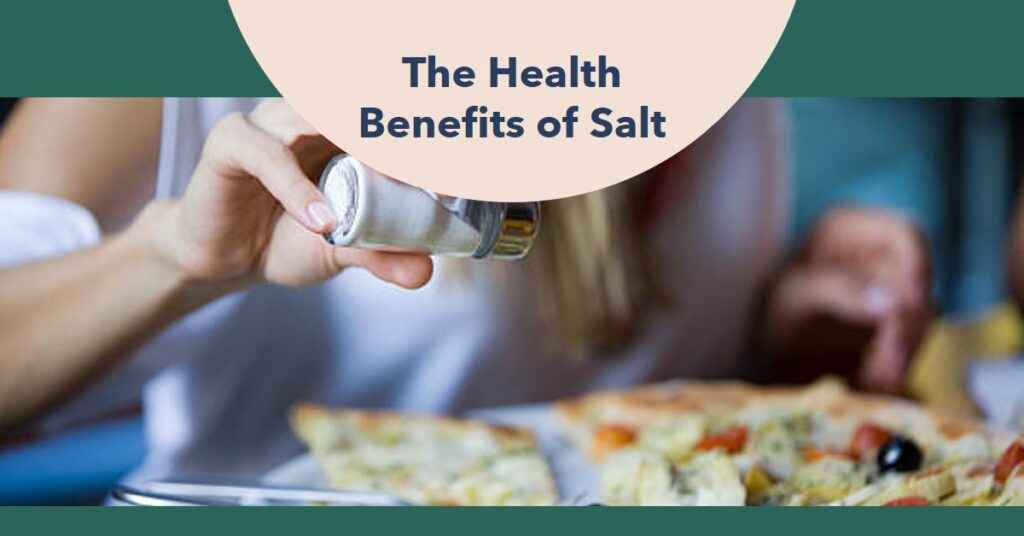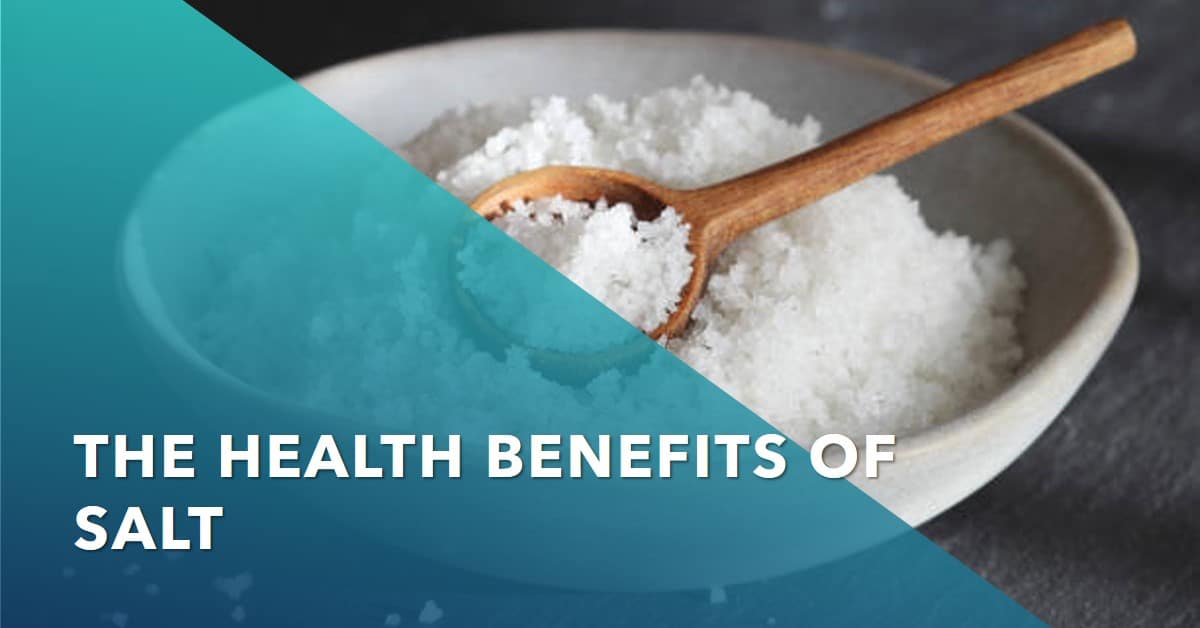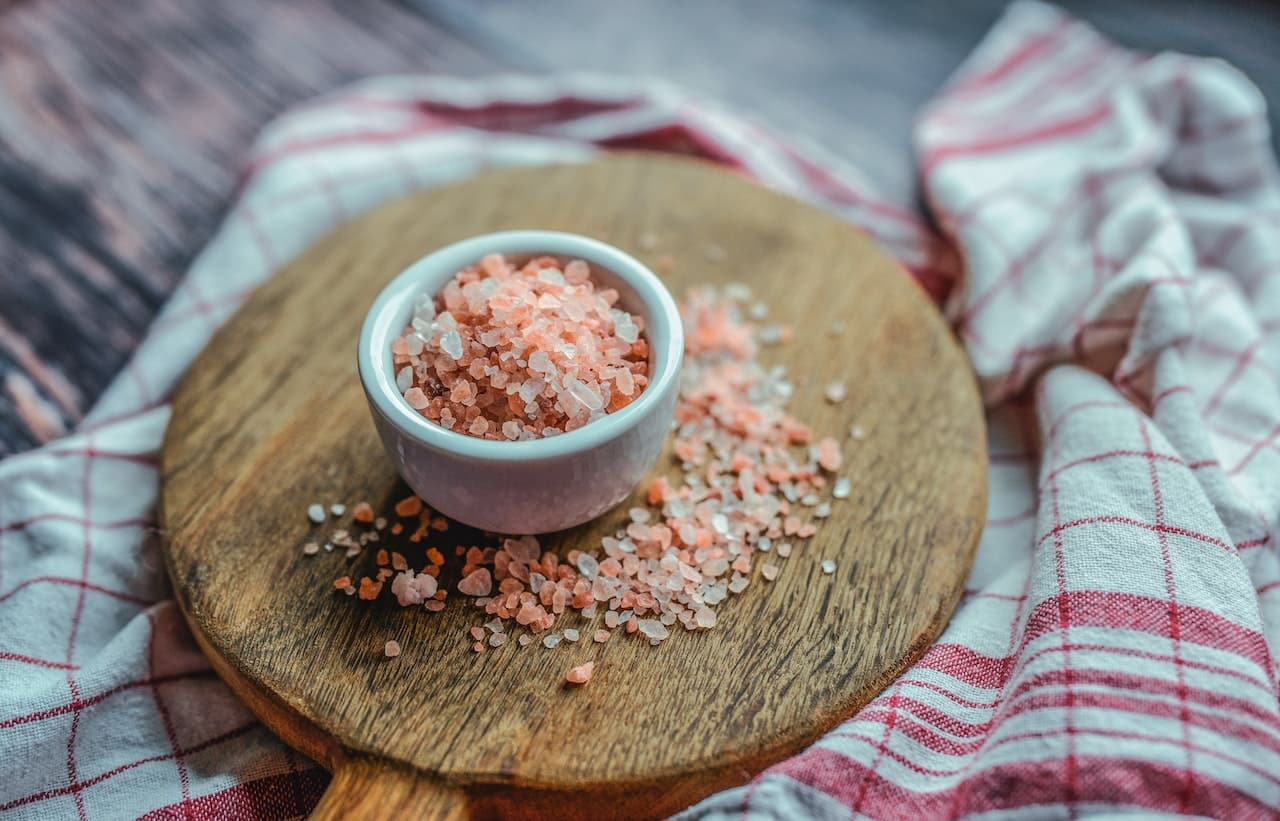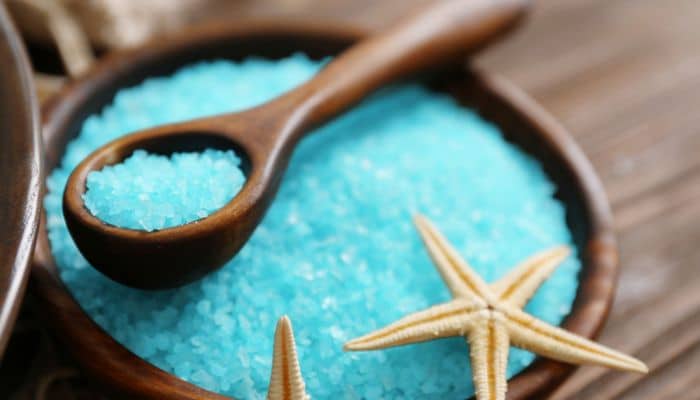The health benefits of salt have been a well-publicized topic for decades. In fact, some studies have suggested that the link between salt and cardiovascular disease may be more complex than first thought – after all, it’s possible that other factors contribute to heart disease risk as well. . That said, many modern diets are almost devoid of natural salt. This low intake increases our risk of developing high blood pressure and cardiovascular disease.
The World Health Organization even goes so far as to state that those with an inadequate intake of sodium are at greater risk for these diseases than those who consume too much. With this in mind, let’s take a look at why you should consider adding more sea salt to your diet – especially if you suffer from high blood pressure or another type of cardiovascular condition.
What is Sea Salt?
Sea salt is salt that’s been extracted from the ocean. It contains minerals like magnesium and potassium that are not present in table salt. Sea salt is also low in sodium – and high in other minerals, including calcium, sodium bicarbonate, and trace minerals.
This makes it a much healthier option than regular table salt. However, sea salt isn’t produced in a salt mine. Instead, it’s extracted by evaporating seawater, usually with charcoal. Some sea salts are also produced by a process called carbonation, in which natural gas is used to transform sea water into a carbonated liquid.
Health Benefits of Sea Salt
Sea salt is great for improving cardiovascular health. Studies have found that people who consume a high-salt diet have a higher risk of high blood pressure. High blood pressure is a major risk factor for heart disease. The high potassium and magnesium in sea salt may help reduce blood pressure and improve blood flow in the arteries.
Sea salt is also a great source of minerals like calcium that are essential for strong bones. People who eat a low-calcium diet are at an increased risk of developing osteoporosis. A high-salt diet is also linked to better moods. Salt is a key ingredient in human blood, so it’s no surprise that it has been shown to increase feelings of hunger and lower blood sugar levels.
Why Should You Use Sea Salt?
– High in Potassium – Potassium is an electrolyte that’s essential for regulating heart rate, blood pressure, and blood flow. Foods like sea salt that’s high in potassium may help people with high blood pressure maintain healthy blood pressure.
– High in Calcium – Although many people consume enough calcium from food, some don’t get enough from their diets. Consuming more calcium from salt may help those who are at risk of low calcium intake.
– Maintains Healthy Blood Pressure – Sea salt is also a good source of magnesium, an electrolyte that’s been linked to lowering blood pressure.
– Good Source of Trace Minerals – Sea salt also contains trace minerals like trace amounts of bicarbonate, an alkalizing agent that may help maintain a healthy pH level in your blood.

How to Use Sea Salt in Cooking
– Salt-roasted Steak – Make your favorite salt-roasted steak with sea salt. Sprinkle sea salt on top of your cooked steak. Let it rest for 5 to 10 minutes before serving. This allows the salt to dissolve into the meat, creating a delicious and healthy meal!
– Roasted Veggies – Sea salt also enhances the flavor of roasted veggies. Try adding sea salt to broccoli, Brussels sprouts, asparagus, cauliflower, and more.
– Pasta – A sprinkle of sea salt on cooked pasta adds great flavor. You can also try adding sea salt to your favorite tomato sauce recipe.
– Cured Meats – Salt is often used to preserve and enhance the taste of cured meats like salami, prosciutto, or ham. It’s also commonly used in brining meats and vegetables.
Drawbacks of Sea Salt
– High Mineral Prices – Sea salt is obtained from the ocean, which means it must be harvested and processed. This can be a costly process, as it requires extracting the salt from the ocean.
– Usage is Varied – Unlike table salt, sea salt is not produced in huge quantities. Therefore, it’s often used in place of other forms of seasoning, such as black salt, pink salt, or Himalayan salt.
– Not All Minerals are the Same – Sea salt is often thought of as a healthier alternative to table salt, but it’s important to note that all salts are not created equal.
– Too Much Salt May Not Be Good for You – Many researchers and health experts agree that consuming too much salt can increase your blood pressure and lead to heart disease. However, there’s also some evidence suggesting that a normal salt intake may lower your risk of cardiovascular disease. This is thought to occur because sea salt is a rich source of minerals (such as magnesium, potassium, and calcium), which have been linked to a lower risk of heart disease.
Final Words
Whether you choose to use sea salt or table salt, it’s important to keep in mind that both are linked to increased disease risk. The difference is that sea salt is a much healthier option than table salt. It contains minerals like potassium and magnesium, which may help to lower blood pressure and improve blood flow in your arteries. It’s also low in sodium and rich in other trace minerals like calcium. Sea salt may be a good choice for people who want to lower their sodium intake, but it’s still a great option for those who want to boost the mineral content in their diets.




